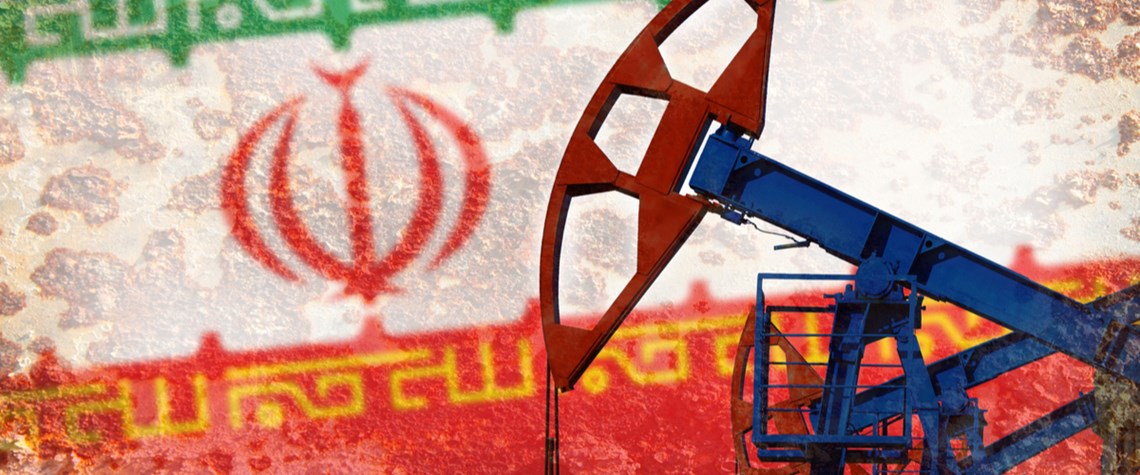Iran hits crude comeback trail
Crude production has started to creep up in recent months, but much still hinges on the relaxation of US sanctions
The smoke signals of diplomacy over the Mid-East Gulf may be ambiguous, but Iran’s oil ambitions are not. Veteran oil minister Bijan Zanganeh intends 4.5mn bl/d in crude and condensate production and 2.3mn bl/d in exports by the next Iranian year, beginning on 21 March. This depends critically on the relaxation of sanctions—but is the country’s oil industry ready to meet the challenge? The previous period of sanctions, which ended with the Joint Comprehensive Plan of Action (JCPOA), saw production recover from January 2016 much more sharply than many analysts had expected. It was possible to restart fields that had been shut down in a relatively orderly way without suffering damage or deteri

Also in this section
12 December 2025
The latest edition of our annual Outlook publication, titled 'The shape of energy to come: Creating unique pathways and managing shifting alliances', is available now
12 December 2025
The federal government is working with Alberta to improve the country’s access to Asian markets and reduce dependence on the US, but there are challenges to their plans
11 December 2025
The removal of the ban on oil and gas exploration and an overhaul of the system sends all the right messages for energy security, affordability and sustainability
10 December 2025
The economic and environmental cost of the seven-year exploration ban will be felt long after its removal







